I’m sure we were all comforted by the product placement infomercial from the white house yesterday, but just in case you are still feeling rattled, this should help. This brilliant animal essay is from artist Ricardo Levin Morales. You can access his work here. The entire series is wonderfully helpful and reassuring.
This brilliant animal essay is from artist Ricardo Levin Morales. You can access his work here. The entire series is wonderfully helpful and reassuring.
I have given up hope on the John Hopkins site as they stopped reporting California yesterday and cured 7 people who were previously regarded as dead. This wonderful new site more than makes up for the loss. It’s called Worldometer, and their virus information’ even down to the state level, is outstanding.
In the meantime I have been cancelling beaver comittmments at a great rate, slashing them with a vorpal sword if you will, telling Earth day we can’t be there and backing out of my April presentation at the American Canyon Library. I hate cancelling things and am very loathe to back out but now I’ve got a kind of rhythm going. The hardest part is knowing that we don’t know whether the beaver festival can happen or not yet, and realizing I still have a lot of things to do assuming it will, even though part of my brain is telling me not to bother.
I will take the beavers advice and limit our exposure for now. And use the hibernation time to think about the future.


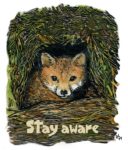
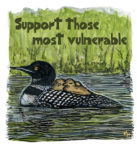
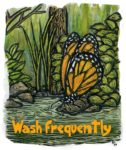
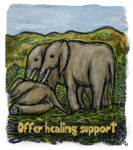
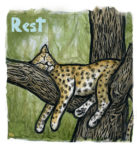
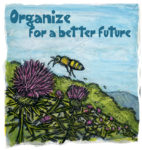
 Russian artist
Russian artist 


 n’t you see these women at the beaver festival? They’re all there, men too. I don’t think I know a better way to spend a life.
n’t you see these women at the beaver festival? They’re all there, men too. I don’t think I know a better way to spend a life.
